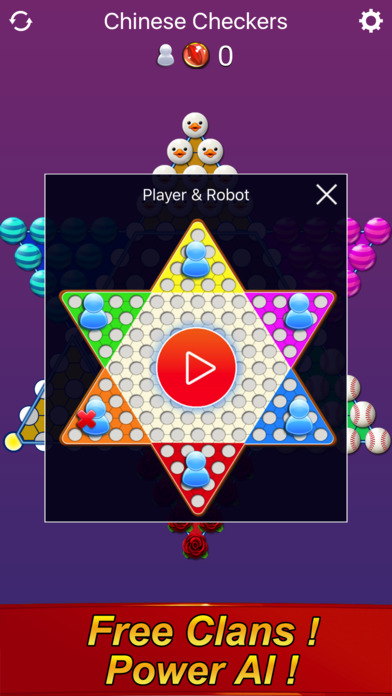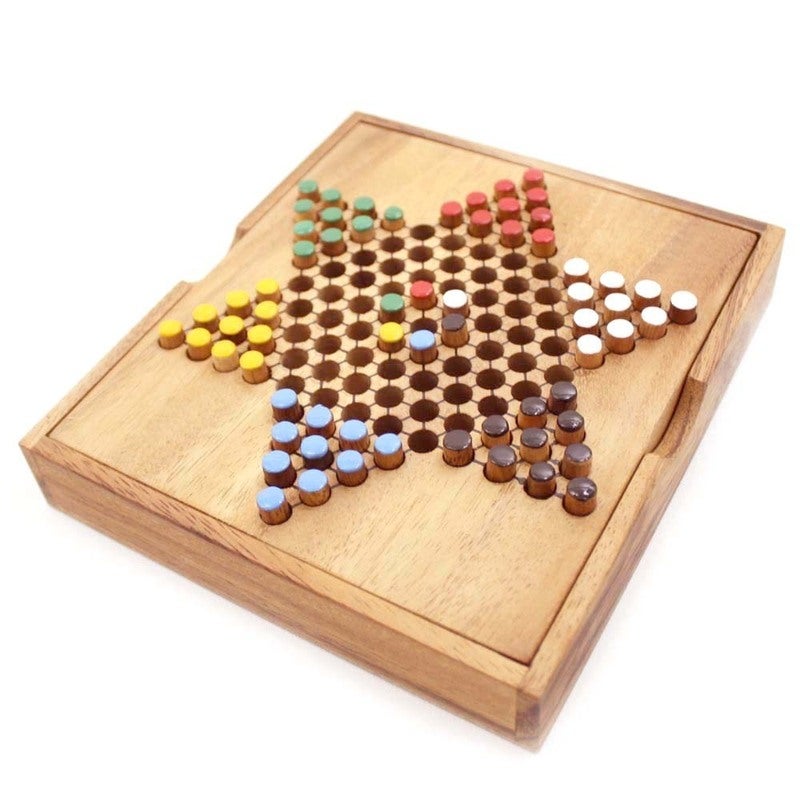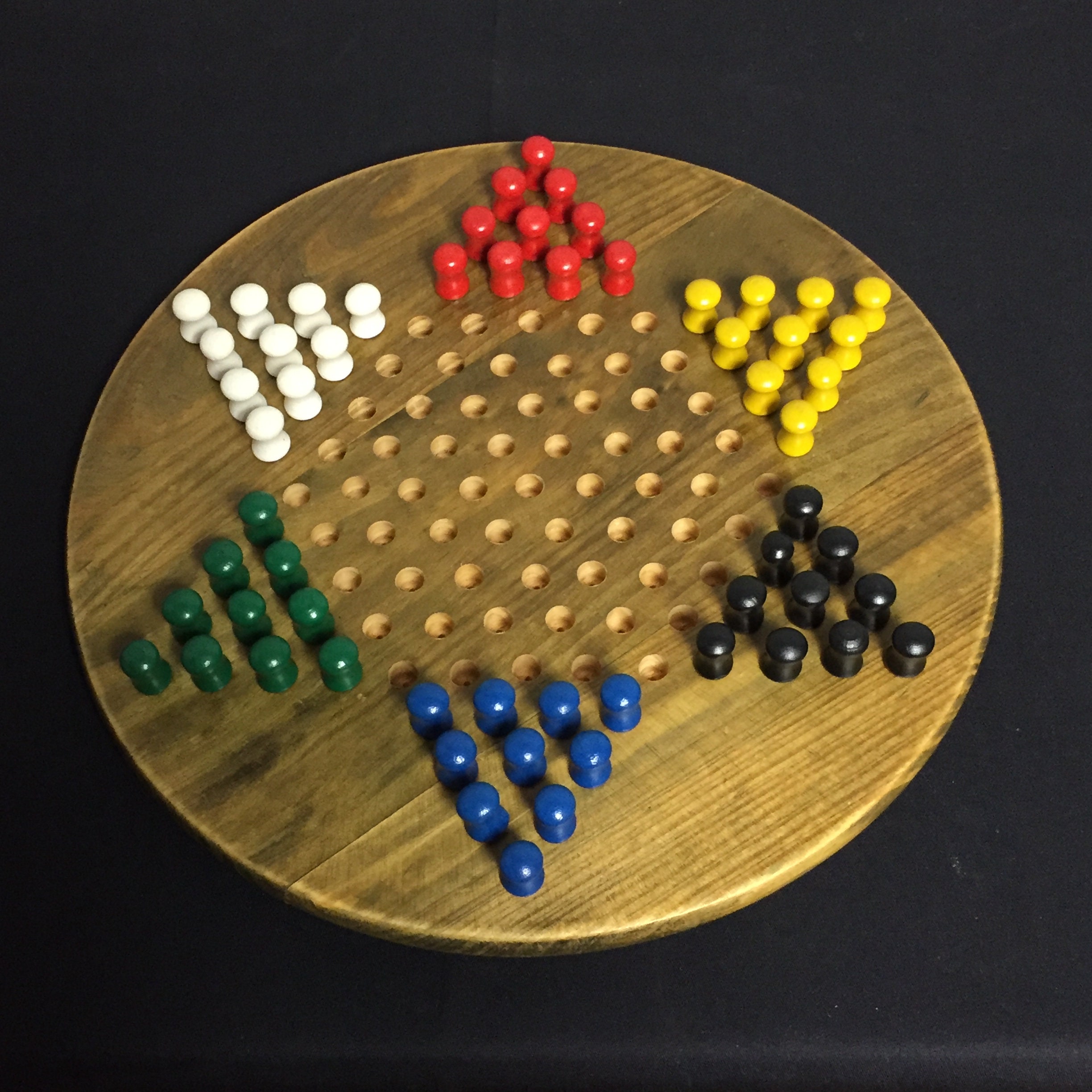

In some cases, 8 extra tiles-four flowers and four seasons- are also used. There are also 12 “dragon” tiles and 16 “wind tiles”. These will be divided into four sets with numbers 1 to 8 in each suit.

However, here are some basic things to understand:

Mahjong is a very complex game with a very deep set of rules, and you might want to check here for a more in-depth guide regarding the rules of Mahjong ( – Opens in a new tab). In turn, the game evolved into another game called Ma Diao during the Ming Dynasty (circa 1500-1800 CE), then the game evolved into Mo He Pai adding three tile sets, Peng He Pai, adding, even more, sets, until we get the modern Mahjong around the 1850s. The current tile designs we have today was inspired by a game in the Sung Dynasty (900-1279 CE) called Ya Pei. Most likely, however, this is just a myth developed in the west. Legend says, however, that the first predecessor of the game was invented by Confucius himself in around 500 BCE. The origin of Mahjong is quite mysterious, but we can be sure that Mahjong in its current form did not exist until as late as mid 19th century CE. 6 players: each player has a distinct color of marbles and must move them to the opposite side-which is “occupied” by a player-Ĭlick here to see some Chinese Checkers designs – Opens in a new tab.4 players: the most common Chinese checkers, two sides are left open.If each is using 2 sets, then the players set up their marbles on opposite sides and must move their colors to replace each other. If one set is used, the players must move their marbles to the opposite empty star point. 3 players: 3-player Chinese checkers can be played with one or two sets of marbles for each player.It’s also common for each player to “control” multiple sets of marbles-2 or 3 different colors- to prolong the game. 2 players: here, a player must move all their marbles across the board to the other player’s starting star point.The players can move their marbles by “hopping” over a single adjacent marble-one’s own or the opponent’s-, and can continue to hop until there’s no more adjacent marble.Ĭhinese Checkers can be played with a different number of players, which will affect its rules: The main goal of Chinese checkers is to move all your marbles from your end to the opposite point of the star.


 0 kommentar(er)
0 kommentar(er)
